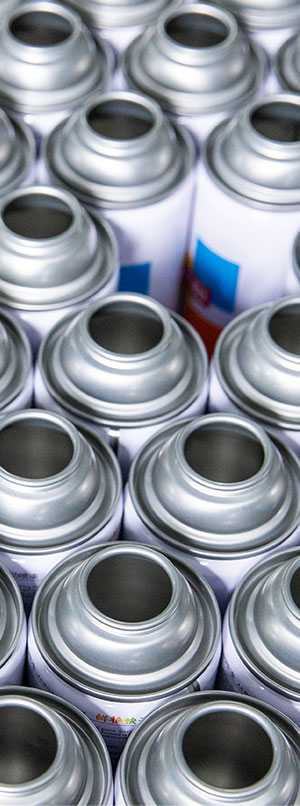The time it takes for paint fumes to be gone is much longer than the time it takes for the paint to feel dry. The hazardous fumes are not gone until the paint has “cured,” which can take days or weeks.
A critical mistake is assuming that when paint is “dry to the touch,” the fumes and health risks are gone. The initial drying is just the first and shortest phase.
Here is the timeline you need to know:
- This is the initial evaporation of the liquid solvents. It’s responsible for the most intense, initial wave of fumes.
- Latex/Water-Based Paints: Dry to the touch in 1-2 hours.
- Oil-Based Paints: Dry to the touch in 6-8 hours.
- Curing (The Chemical Hardening Phase): This is the real timeline. Curing is the long, invisible chemical process where the paint hardens to its full durability. As the paint cures, it continues to slowly release trapped Volatile Organic Compounds (VOCs) into the air. This is known as off-gassing.
How Long Do the Harm from the Spray Fumes Stay?
The “Curing Gap”, the period when paint looks and feels finished but is still releasing chemicals, is the most hazardous phase for occupants.
- Water-Based Paints: Fumes are considered most hazardous for the first 24 to 48 hours after application.
- Oil-Based Paints: These can off-gas significant levels of harmful chemicals for several days or even weeks.
- Long-Term Off-Gassing: Even after the main curing period, paints can continue to off-gas low levels of VOCs for months or years as the film ages.
Crucially, the absence of a “paint smell” is not an indicator of safety. Many potent VOCs are odorless, and harmful off-gassing continues long after the smell has faded.
How to Make Fumes Go Away Faster and Safer
You can’t rush the chemical curing process, but you can actively manage and remove the fumes (VOCs) from your home.
1. Prevention (Before You Paint)
The most effective way to deal with fumes is to prevent them at the source.
- Choose the Right Paint: Select paints certified as Zero-VOC (less than 5 g/L) or Low-VOC (less than 50 g/L).
- Ask About Tints: This is a common “blind spot”. The base paint may be Zero-VOC, but the colorants used to tint it can add a high level of VOCs. Ask your retailer for low- or zero-VOC colorants.
2. Ventilation (During and After Painting)
This is the most critical active strategy for removing fumes.
- Create a Cross-Breeze: Open all possible windows and doors to get air moving through the room.
- Use Fans Correctly: Place box fans in windows, positioning them to blow air out of the room. This creates negative pressure that actively pulls the fumes outside instead of just circulating them.
- Maintain Ventilation: Keep this high-ventilation setup running continuously during the project and for a minimum of 48 to 72 hours afterward.
- Stay Out: It is best for occupants (especially children and pets) to stay out of the freshly painted area for at least 2 to 3 days.
3. Purification and Neutralization
After the initial ventilation period, these methods can help clear remaining, lingering fumes.
- Air Purifiers: A high-quality air purifier can be a powerful tool, but only if it is equipped with a substantial activated carbon filter. Standard HEPA filters capture dust, not gaseous VOCs. The activated carbon works by adsorption, trapping the VOC molecules.
- Natural Adsorption: The most effective natural remedies are those that adsorb (trap) VOCs. Place bowls of activated charcoal or baking soda around the room to absorb lingering odors and compounds.
- What to Avoid: Do not rely on methods that simply mask the smell, such as scented candles or essential oils. They make the room smell better but do nothing to remove the harmful chemicals from the air.
For further reading on the painting materials health issues, you can read the following:
And for safe and quality painting materials, visit SANVO or call us, our expert team will be here.



